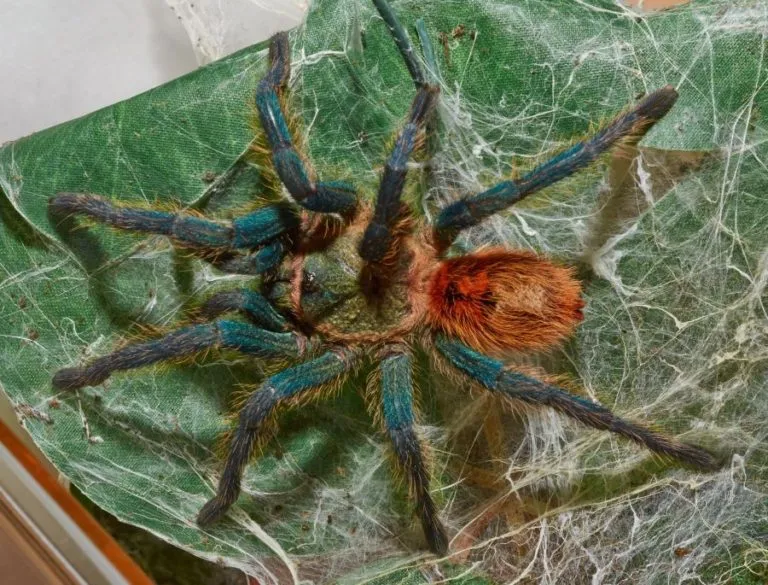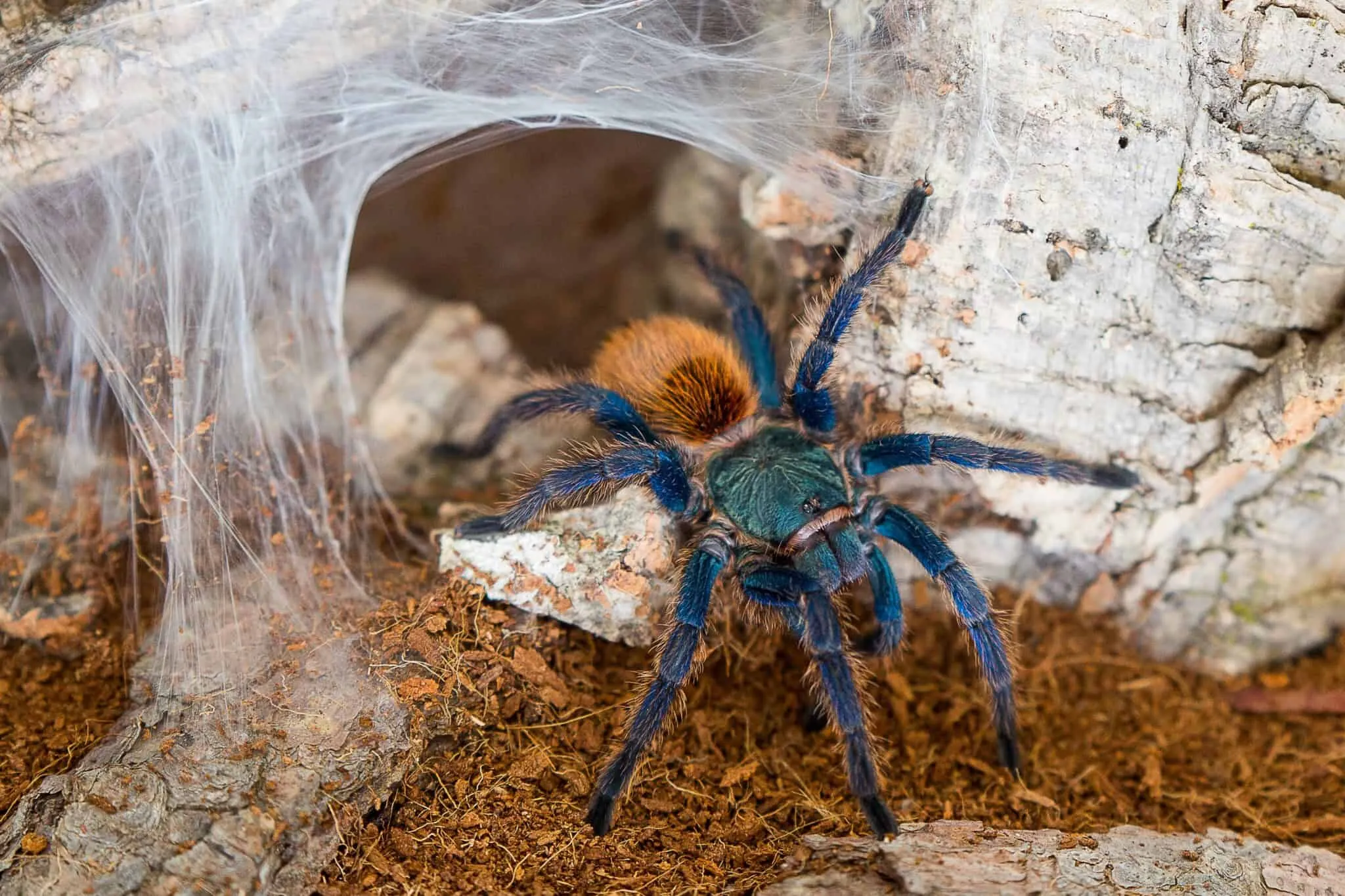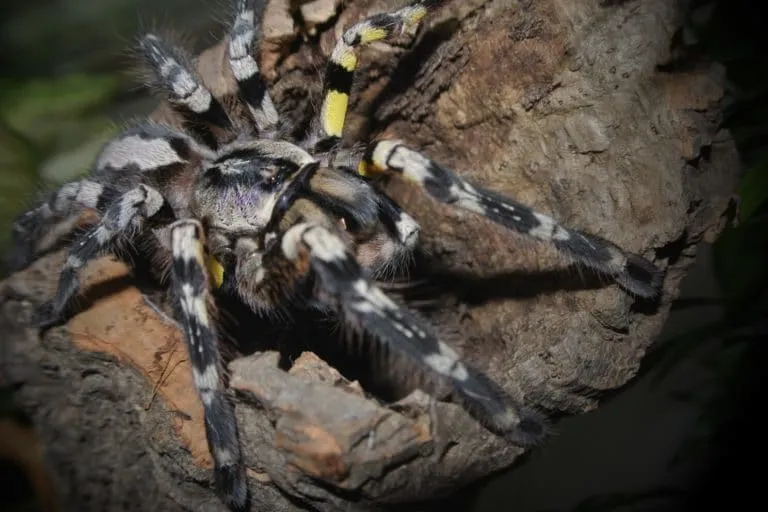What is Web Spinning
Web spinning is a fascinating behavior, and one that is often associated with spiders. However, the question of whether tarantulas spin webs is a bit more complex than a simple yes or no. While they are arachnids, just like spiders, tarantulas do not construct elaborate webs in the same way that web-weaving spiders do. Their approach to silk usage differs significantly, and understanding these distinctions reveals a lot about their lifestyle and survival strategies. The way tarantulas use silk is not as visible or as immediately recognizable as the intricate webs of other spider species, which can lead to misconceptions about their abilities.
Understanding Tarantula Silk Production
Tarantulas, like all spiders, produce silk, a remarkable natural material. This silk is not just one type; tarantulas can produce several kinds of silk, each with different properties and uses. These silk types vary in strength, stickiness, and elasticity, and this diversity is key to their survival. The silk is created in specialized glands located in the tarantula’s abdomen. These glands produce a liquid protein solution that solidifies into silk fibers when exposed to air. The production process is a marvel of biological engineering, allowing these creatures to create materials that are incredibly strong and versatile, making them indispensable for various aspects of their life.
The Spinnerets The Web-Making Tools

The spinnerets are the tarantula’s silk-producing organs, small appendages located at the end of the abdomen. These spinnerets are covered in tiny spigots, each of which can extrude silk. The number and arrangement of these spigots determine the type of silk and the patterns it can create. A tarantula typically has four to six spinnerets, and they can be moved independently, allowing the tarantula to control the direction and thickness of the silk strands. The spinnerets’ flexibility and precision are what allow tarantulas to create a variety of silk structures, each serving a different purpose.
Types of Webs Tarantulas Create
While tarantulas don’t build complex webs like those of orb-weaving spiders, they do use silk to create different structures. The primary use of silk is for constructing a silken retreat, a burrow or lair where they spend most of their time. These retreats are lined with silk to provide stability and protection, and to maintain humidity levels. They also use silk to create trip lines, which are subtle strands of silk that alert them to the presence of potential prey or predators. Furthermore, tarantulas use silk to create egg sacs, protecting their eggs until they hatch.
Webs for Hunting
Tarantulas use silk in their hunting strategies, although not in the traditional sense of trapping prey in a web. Instead of waiting for prey to become entangled, tarantulas are active hunters. They may use silk as a dragline, a safety line that they attach as they move, ensuring they don’t fall. Moreover, the silk around the burrow entrance can act as a sensory tool, alerting the tarantula to the approach of potential prey. These trip lines help tarantulas detect vibrations, allowing them to ambush unsuspecting insects or other small animals. The strategic placement of these silk lines enhances their hunting success.
Webs for Shelter and Protection

The primary use of silk for tarantulas is in creating a safe haven. They line their burrows with silk, reinforcing the walls and providing structural integrity. This lining also helps to maintain the correct humidity levels, which is essential for the tarantula’s survival. The silk also acts as a barrier against predators and environmental hazards. Inside their silken homes, tarantulas are sheltered from the elements and better protected from danger. The creation and maintenance of these retreats are critical aspects of their behavior, showcasing their adaptation to their environment.
Webs for Reproduction
Silk plays a vital role in the reproductive cycle of tarantulas, particularly for the females. After mating, the female tarantula will create an egg sac using her silk. This sac is a protective enclosure where she carefully deposits her eggs. The silk is meticulously crafted to ensure the eggs are safe from harm and provide a suitable environment for development. The egg sac is often camouflaged and well-hidden. The mother will guard this sac, ensuring the eggs hatch successfully. Once the spiderlings hatch, they will remain within the safety of the burrow, with their mother providing protection and care.
Web Spinning Behavior
The web-spinning behavior in tarantulas is a complex interplay of instinct and environmental factors. The process starts with the tarantula using its spinnerets to extrude silk, meticulously placing strands to construct their desired structure. The silk is applied in a precise manner, with the tarantula often moving its spinnerets in a rhythmic fashion. This behavior is most evident when they build their burrows or create egg sacs, demonstrating their mastery of silk manipulation. The time it takes to spin a web can vary depending on the size of the structure and the availability of resources, but the process is always a testament to their specialized abilities.
Factors Influencing Web Spinning

Several factors affect how and when a tarantula spins its web. The type of environment, the tarantula’s species, and its age all influence its web-spinning habits. Temperature and humidity play crucial roles, as the ideal conditions allow the silk to be produced and manipulated effectively. The availability of food and the presence of predators can also impact the tarantula’s silk usage, as these factors affect the need for protection and shelter. Changes in these environmental aspects can cause a tarantula to adjust their web-spinning behavior, adapting to the conditions around them.
How Often Do Tarantulas Spin Webs
The frequency with which a tarantula spins a web varies depending on the species, age, and environment. Some species are more inclined to create elaborate silk structures than others. Younger tarantulas might spin webs more frequently as they establish their burrows. As they mature, the frequency may decrease. The tarantula will often rebuild or reinforce its web as needed, such as after molting or when the structure is damaged. Thus, the process is ongoing, reflecting the tarantula’s continuous need for shelter, protection, and reproductive strategies.
The Purpose of Tarantula Webs
In summary, the purpose of web spinning in tarantulas is multi-faceted, encompassing survival, protection, and reproduction. While they don’t construct webs like the classic orb-weavers, their silk is essential for building retreats, creating trip lines, and constructing egg sacs. These structures provide shelter from the elements and predators and assist with hunting and the care of their offspring. The strategic use of silk exemplifies the tarantula’s remarkable adaptations to its environment, showcasing the versatility of this natural material.
In conclusion, tarantulas do spin webs, although the nature of their web-spinning differs from that of web-weaving spiders. They employ silk for protection, shelter, reproduction, and hunting, demonstrating how they have adapted this remarkable material for survival. This behavior further illustrates the diverse ways that spiders and arachnids have evolved to use silk in the world.
